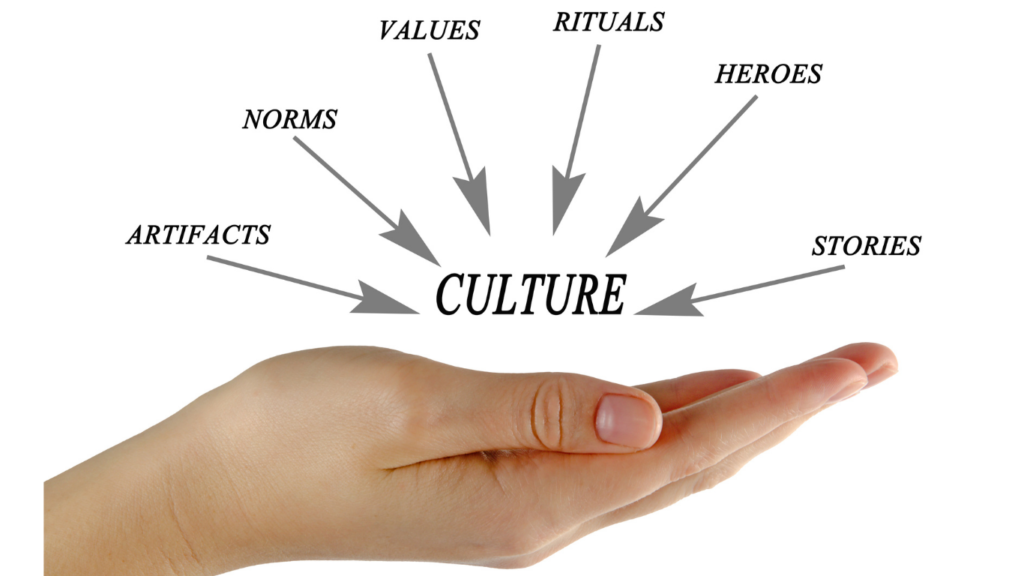This blog was written in collaboration with Leilani Raashida Henry

In her book The Four Sacred Gifts, Dr. Anita Sanchez offers an Indigenous worldview based on the concept that we are all one relation, and the principles embraced are as follows, expanded with our application in action:
| The Gifts | The Applications |
| The Gift of Forgiving the Unforgivable | Empathetic Bridge: The ability to understand and share the feelings of others. |
| The Gift of Unity | Common Ground: The ability to come together and cooperate. |
| The Gift of Healing | Mind Over Matter: The ability to apply thought processing (in the form of self-talk, questioning beliefs as well as perceptions, and action taking) to how we look at the world and ourselves in it. |
| The Gift of Hope | Optimistically Desired Outcomes: The ability to incite positive thoughts, express positive words, and take actions in service to manifesting an equally positive end result. |
Sanchez further introduced the idea that we all have Native roots somewhere in our heritage. Our ancestors gathered in circles around the fire and tended to their communities, steeped in the four gifts. The first people on the planet lived on the land in partnership with Nature. Now, most societies, organizations, and the humans who inhabit them have stopped paying attention to natural cycles and the balance of Nature.
We are still influenced by the principles of the military-industrial complex, which treats humans as assets to manage rather than the four gifts that draw on natural laws as their foundation. Companies measure productivity by time and efficiency. Profit and shareholders reign supreme. The bottom line often outweighs what society has come to recognize and define as confidence and work/life balance.
This blog launches our series on Leadership Essentials, which focuses on the four Cs: Culture, Communication, Community, and Connection.
Yet there’s another C that does not make the list: Collaboration.
For this series, my colleague Leilani Raashida Henry and I have come together to discuss the first, and perhaps most important, C-Culture. Culture is the glue that binds the other leadership essentials together.
Culture creates a shared identity, values, and traditions within a group, fostering a sense of belonging. It encourages collaboration, participation in collective activities, and mutual support. Ultimately, a strong culture is the foundation for building a thriving community, where individuals come together to strengthen social bonds and create something greater than themselves.
Ultimately, an organization is a community, as is also the case for a team within that community. For these communities to be effective, attention must be paid to how the culture of work is established in each instance, so that the teams within the larger organization can thrive.
Culture can begin with Creating a Thriving Ecosystem.
